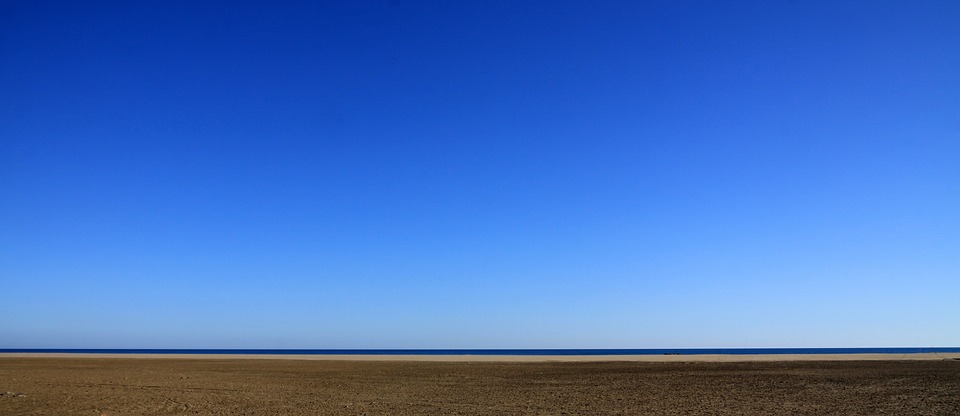Altitude sickness, also called acute mountain sickness (AMS), occurs when you rapidly travel to a high altitude. Usually, this happens whenever you go above 8,000 feet.
Even those who have never suffered from AMS can experience it, and it doesn’t depend on age, sex or physical fitness. There are 3 distinctive types of AMS, including:
Acute Mountain Sickness (AMS) – This is the mildest form and is very common with symptoms resembling those of a person recovering from a hangover- headache, muscle pains, dizziness and nausea.
High Altitude Pulmonary Edema (HAPE) – This is a situation where fluid builds up in the lungs. It is a very dangerous situation that could prove fatal if left unattended.
High Altitude Cerebral Edema (HACE) – This is the most severe case of AMS, which occurs when you get fluid in the brain. If you ever have this type, it should be wise to seek immediate medical attention. This is because it is life-threatening and should be dealt with instantly.
Symptoms
If you ever get this condition, these are the symptoms to look out for:
- Dizziness
- Nausea
- A headache
- Lethargy and energy loss
- Vomiting
- Feeling breathless
- Insomnia
- Loss of appetite
You are likely to experience these symptoms 12-24 hours upon getting to a higher point, but they tend to get better in a few days as you get accustomed to the change in altitude. However, if you are suffering from more than a moderate case, you will not feel better even after using over-the-counter medication. Instead, the symptoms only get worse, and you will start experiencing shortness of breath and lethargy. Other symptoms that might follow include:
- Loss of coordination
- Tightness in your chest
- A splitting headache that doesn’t clear with medication
With HAPE and HACE, you might also develop a cough that comes with a pink or white frothing, and it can eventually lead to a coma.
How to Handle Altitude Sickness
To avoid suffering from this condition, these are the things to do:
Gradual Acclimatization
Always listen to your body so that you can distinguish symptoms of oxygen deficiency. Each person gets affected differently, and this depends on his or her lung capacity. For those with larger lungs, it will be easier to climb. However, always remember that upon reaching the 3,000 meters mark above sea level, you should only go 300-500 meters every day and take a one-day break after 1,000 meters.
Chewing Coca
These leaves are native to the South American Indians and have been chewed for ages. This plant is only legal in Peru, Bolivia and some parts of Argentina. It is known to be naturally analgesic that helps relieve lethargy, give a clear mental state and aid in oxygen circulation in the blood. If you cannot stand its taste, infuse its leaves in drinking water, use them as spices while preparing food or make tea with them. They have been used by people who do strenuous jobs or those taking high altitude treks.
Diet and Water
While climbing, you should eat carbohydrate-rich foods, especially sugars. Your perfect choice is chocolate as it has enough sugar to give you the required energy. Stay away from alcohol as it will only make your symptoms worse. One more important thing is staying hydrated; ensure you have plenty of water and are well hydrated throughout your journey. At higher altitudes, your body will likely not tell you that you are thirsty, which is why you need to keep drinking water even if you don’t feel like it to avoid the risk of dehydration.
Sorojchi Pills
Taking these pills is the most effective way of dealing with AMS. They are similar to aspirin and contain caffeine and acetylsalicylic acid. These help in diluting your blood to ensure the body remains oxidised and are in a position to adapt to the surrounding. You should take them 8 hours before starting your ascent and every 8 hours afterwards.
If after following all the above you still suffer from AMS, consider the following:
- Take OTC pain medication
- Move to lower ground
- Wait it out
- Call a physician




